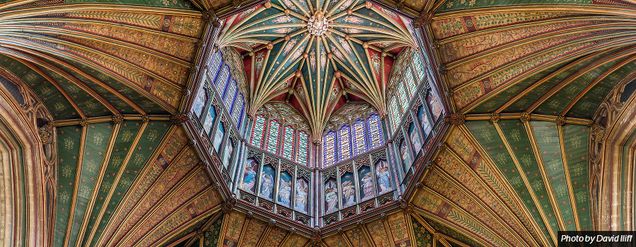Editors’ Introduction

As the current issue of SEQUITUR goes to press, it is difficult to believe that it is only our second issue. Since launching last December, our readership has expanded well beyond the confines of our hometown in Boston. Visitors to www.bu.edu/sequitur hail from across the country, and from as far away as China and Australia. The geographic reach of our readers is reflected in the authors of this issue, who represent five schools from locales as distant as Alabama and Scotland. The growth of SEQUITUR in its first year is a testament to the vitality of art historical research and scholarship around the globe, especially among graduate students, who are already staking their claim on the field. The present issue of SEQUITUR introduces a group of young scholars who represent the promise and productivity of this new generation.
In the featured essay, “Outside the Gate: The Seduction of Belonging in the Charleston Works of Elizabeth O’Neill Verner,” Olivia J. Kiers considers the South Carolina artist’s drawings of Charleston’s urban center and rural outskirts, highlighting the complementary modes of curiosity and longing, observation and occlusion, they reveal. Kiers elucidates Verner’s own liminal identity in Charleston as a compositional feature, one that propelled her choice of subjects and views.
Amy Williamson’s interview, “The State of Museum Visitor Engagement,” with Kristi McMillan, Assistant Curator of Education for Visitor Engagement at the Birmingham (Alabama) Museum of Art, probes current strategies for engaging museum goers inside the gallery, and raises questions about the role of technology in the museum experience. With its focus on contemporary museological practices, Williamson’s interview stands as a coda to SEQUITUR’s first issue, which focused on art collecting and exhibition practices.
Three publication reviews present critical perspectives on recent scholarship. Sasha Goldman reviews the exhibition catalogue accompanying the landmark Guggenheim Museum exhibition on the post-war German Group Zero and its network (closed January 2015). Conveying the grand scale and ambitious scope of the exhibition and catalogue, Goldman suggests ways that scholarship on Group Zero, its artistic networks, and the German post-war decades will play a key role in future European post-war art research. In his review of a new book by Michael Wayne, Professor in Screen Media, Brunel University, London, Bakary Diaby assesses current trends in aesthetic theory. Against the backdrop of a larger critical interest in the “political potential” of philosophical aesthetics, Diaby asserts the value of Wayne’s interest in Kantian aesthetics as a way to critically approach present socio-economic and political inequities. Lastly, Valentina S. Grub introduces a highly anticipated new offering on English Gothic architecture and design by Paul Binski, Professor of the History of Medieval Art and Fellow of Gonville and Caius College, Cambridge University. Grub encapsulates Binski’s central claims of the widespread influence of the late medieval English Decorated Style and the doctrinal efficacy of its ornate design elements. She also calls attention to areas that would benefit from further research and discussion, a prescient reminder of the ever-evolving nature of art historical inquiry.
This issue also includes two Research Spotlights. First, Bradley J. Cavallo introduces the curious case of Italian funerary portraits painted on metal and stone. Cavallo’s account of his discovery of this distinct type of portrait, now a central part of his dissertation, is a heartening reminder of the often unpredictable and serendipitous nature of art historical research. Additionally, Lydia Harrington provides a first-hand account of the second annual Art+Feminism Wikipedia Edit-a-thon in Boston (one of 40+ simultaneously staged worldwide). Part reflection, part interview, Harrington discusses her experience as a participant in the event alongside excerpts from a discussion with Boston-area organizers Gabrielle Reed and Amanda Rust.
Finally, SEQUITUR Junior Editor Ewa Matyczyk reports on “Creative Conflict,” the 31st annual Boston University Graduate Student Symposium on the History of Art & Architecture, held February 27-28, 2015, at the Boston University Art Gallery and the Museum of Fine Arts, Boston. Engaging with the event’s theme, presentations, and discussions, Matyczyk foregrounds the destructive and generative potential of conflict, and draws attention to the fundamental role of artistic production in shaping, mirroring, and commemorating cultural identities.
This issue of SEQUITUR is notably varied in the range of topics explored. Moving from medieval design to contemporary critical theory, Italian tombs to American cityscapes, the essays, reviews, reflections, and conversations mirror the diversity and breadth of current research, methods, and discourses comprising art and architectural history today.